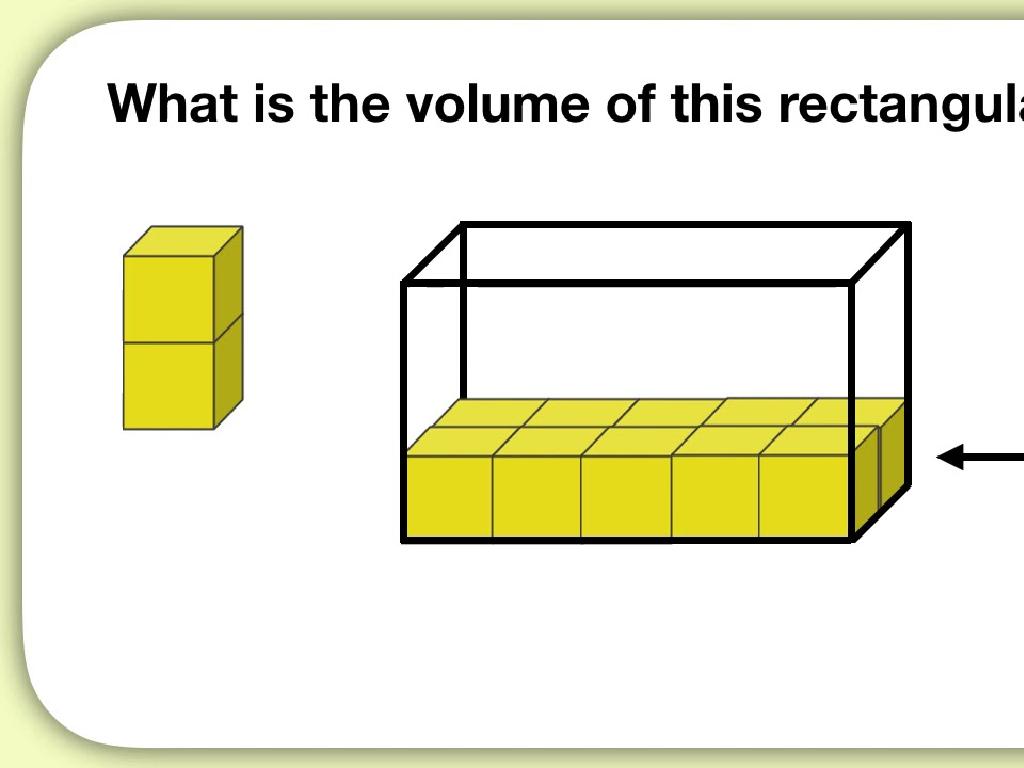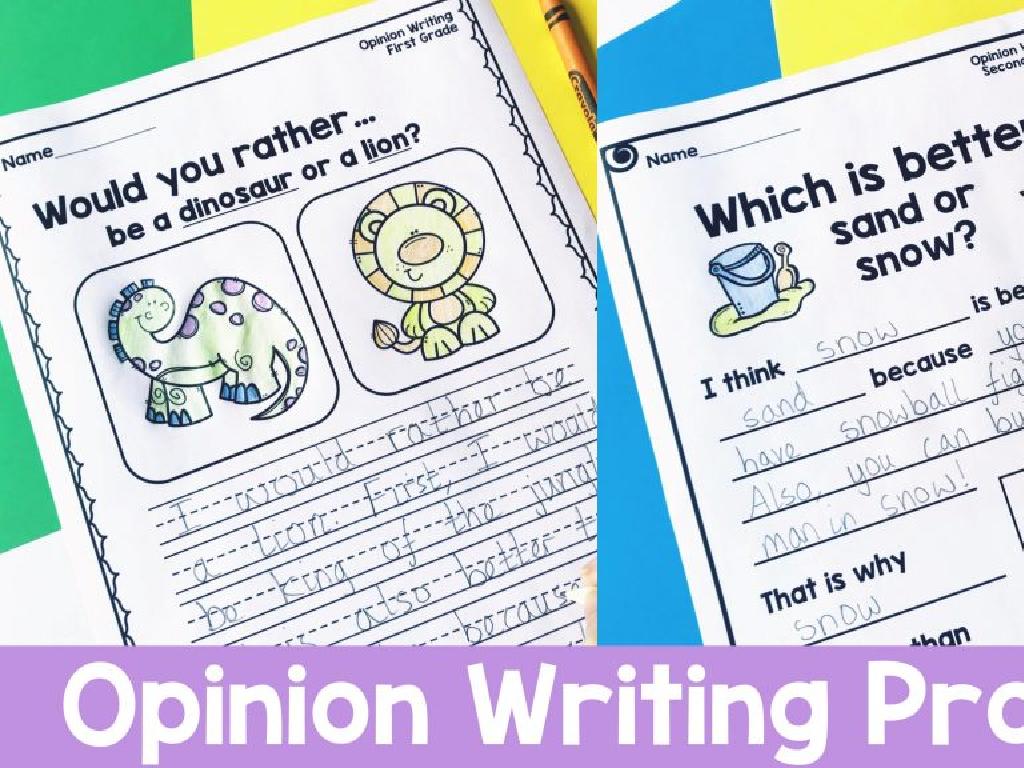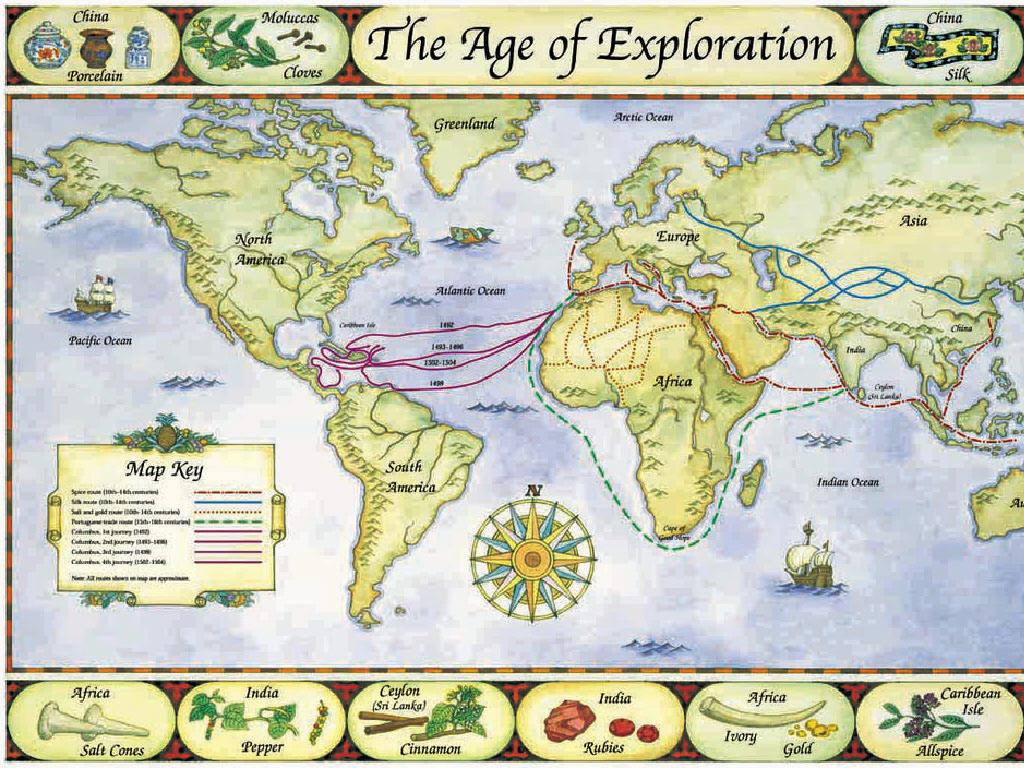Write Addition Sentences For Pictures - Sums Up To 10
Subject: Math
Grade: Kindergarten
Topic: Understand Addition Up To 10
Please LOG IN to download the presentation. Access is available to registered users only.
View More Content
Welcome to Addition!
– Learning to add things up
– Addition makes counting quick
– Writing addition sentences
– For example, 2 apples + 3 apples = 5 apples
– Using pictures to add
– We’ll use images like fruits or toys to practice
|
This slide introduces the concept of addition to Kindergarten students. Start by explaining that addition is a way of putting things together to find out how many there are in total. Emphasize that addition is a faster way to count when we have more than one group of items. Show them how to write simple addition sentences using pictures, which will help them visualize the concept. Use familiar items in the pictures, such as fruits, toys, or animals, and demonstrate how to count each group before combining the totals. Encourage the students to participate by counting aloud with you. Prepare to have several examples and visual aids ready for the lesson to ensure engagement and understanding.
What is Addition?
– Addition combines groups
– Adding finds total amount
– ‘+’ means ‘plus’
– Example: 3 apples + 2 apples
– If you have 3 apples and get 2 more, you have 5 apples in total.
|
This slide introduces the concept of addition to Kindergarten students. Start by explaining that addition is like putting things together to see how much you have altogether. Use simple, relatable examples like combining different colored blocks or adding more toys to a play area. Show the ‘+’ sign and explain that it stands for ‘plus,’ which means you are adding more to what you already have. Demonstrate with real objects, like apples, to visually show that 3 apples plus 2 apples make 5 apples. Encourage the students to use their fingers to add numbers up to 10, fostering a tactile learning experience.
Counting Objects: Learning to Add!
– Counting objects is fun
– Like apples, balls, or friends
– Counting tells us ‘how many’
– When we count, we find the total number
– We can count anything around us
– Count toys, books, or blocks
– Counting is the first step to addition
|
This slide is designed to introduce Kindergarten students to the concept of addition by first focusing on counting objects. Start by engaging them with counting familiar items such as apples, balls, or even classmates. Emphasize that counting is a way to determine the total number of items in a group. Encourage them to count various objects in the classroom or at home to make the activity relatable and fun. Explain that once they are comfortable with counting, they can begin to learn how to add numbers together to find sums up to 10. Use hands-on activities with physical objects to reinforce these concepts, and ensure that each child has the opportunity to practice counting out loud.
Writing Addition Sentences
– What is an addition sentence?
– It has numbers, a plus sign, and an equals sign.
– Example: 2 apples + 3 apples
– Equals 5 apples. We add the numbers together.
– Addition sentences help us remember
– Practice writing with pictures
– Use pictures to write your own addition sentences.
|
This slide introduces the concept of writing addition sentences to Kindergarten students. Start by explaining that an addition sentence is a way to write down what happens when we put two groups of things together. Use simple, relatable examples like adding apples to make it tangible for the students. Emphasize that writing these sentences helps us to remember the total. Encourage the students to practice by using pictures to visualize the addition and then write the corresponding sentence. For example, draw two apples plus three apples, and then write ‘2 + 3 = 5’ underneath. Provide various picture examples and guide the students to write their own addition sentences.
Let’s Practice Addition Together!
– Count items in each picture group
– Write an addition sentence
– Example: 3 apples + 2 apples = ?
– Add numbers to find the sum
– Use fingers or objects to help add
– Remember, the sum is up to 10
– Sum is the total amount, 10 or less
|
This slide is designed for a hands-on class activity to help Kindergarten students practice addition with sums up to 10. Start by showing pictures with different groups of items. Guide the students to count the items in each group and write down the numbers to form an addition sentence. Encourage them to use their fingers or classroom objects to add the numbers together. Reinforce the concept that the sum is the total amount they get when they add the two groups together, and it should not exceed 10. Possible activities include using physical objects like blocks or counters, drawing items on the board, or interactive digital tools that allow students to manipulate virtual objects. The goal is to make the activity engaging and to ensure that students understand the concept of addition as combining two groups of items to find the total.
Adding with Our Fingers
– Use fingers for adding numbers
– Example: 3 fingers plus 2 fingers
– If you hold up 3 fingers on one hand and 2 on the other, how many in total?
– Count fingers to find the sum
– Let’s count all the fingers together to see what we get!
– Adding up to 10 with fingers
– Practice with different numbers but no more than 10 fingers total
|
This slide is designed to introduce kindergarteners to the concept of addition by using their fingers, a tangible and accessible tool. Start by explaining that fingers can represent numbers and can be used for adding. Use the example provided to demonstrate how to add 3 and 2 by holding up the corresponding number of fingers on each hand. Then, guide the children to count all the fingers to find the sum, which in this case is 5. Encourage the students to practice with different numbers, ensuring that the sums do not exceed 10, as they only have 10 fingers. This activity helps to solidify the concept of addition in a fun and interactive way.
Fun with Addition: Sums Up to 10
– Addition is fun with games
– Sing a song about adding
– Like ‘Five Little Ducks’ adding up to 10
– Play a game to add things
– Use blocks or toys to add up to 10
– Practice makes perfect
|
This slide is designed to introduce Kindergarten students to the concept of addition in a fun and engaging way. Emphasize that learning addition can be as enjoyable as playing a game or singing a song. Encourage them to participate in singing a counting song that involves adding numbers together, such as a modified version of ‘Five Little Ducks’ that adds up to 10. Introduce a hands-on activity where students can use physical objects like blocks or toys to practice adding numbers together to reach the sum of 10. This interactive approach helps solidify their understanding of addition and keeps them engaged. The goal is to create a positive and supportive environment where students are excited to practice their new math skills.
Class Activity: Picture Addition
– Try adding using pictures
– Write addition sentences
– Use the pictures to form equations
– Each sum should be 10 or less
– If you have 4 apples and add 3 more, what’s the total?
– Share your answers with friends
|
This activity is designed to help Kindergarten students practice addition in a fun and interactive way. Provide students with worksheets that have various pictures, such as fruits, animals, or toys, and ask them to count and add them together to form addition sentences. Ensure that the sums do not exceed 10. Encourage students to write the corresponding addition sentence below each picture set. For example, if there are 4 apples and 3 more are added, the student should write ‘4 + 3 = 7’. After completing the worksheet, students should be given the opportunity to share their answers with their classmates, fostering a collaborative learning environment. As a teacher, walk around the classroom to assist any student who may need help and to ensure that they understand the concept of addition. Prepare to praise their efforts and correct any mistakes gently.
Adding Up the Fun!
– Celebrating addition skills
– Addition: combining groups
– Think of addition as putting toys into one toy box
– Practice with everyday items
– Use toys, snacks, or crayons to add up to 10
– Keep adding for mastery
– The more you add, the better you get!
|
This slide is a conclusion to reinforce the concept of addition using pictures and sums up to 10. It’s a celebration of what the students have learned about addition. Emphasize that addition is simply combining two groups of items to make a new total. Encourage students to practice by adding things they encounter in their daily lives, like toys or snacks, to solidify their understanding. Remind them that becoming good at adding takes practice, and they should continue to practice at home. Suggest parents to involve children in simple adding activities during playtime to make learning continuous and fun.






